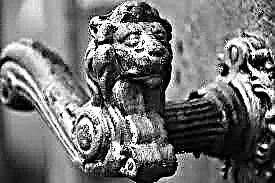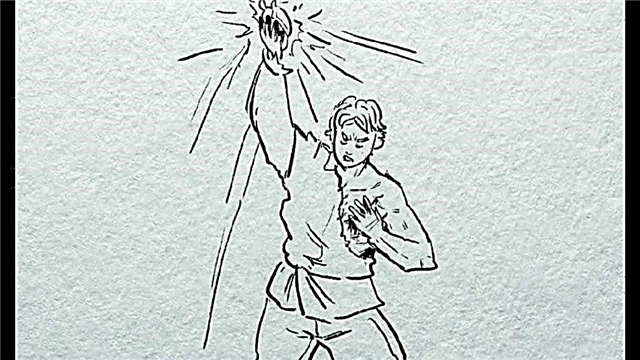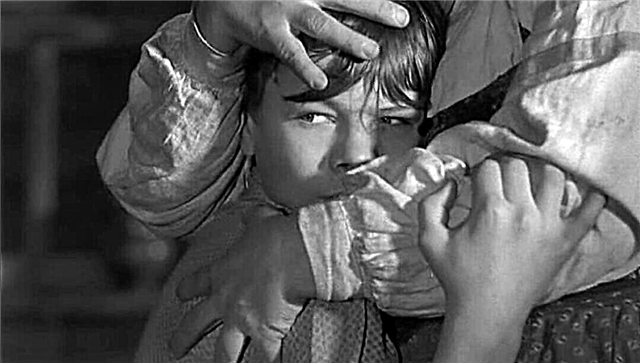The tale of Cyril the sinful to Vasily, the abbot of the Caves, about the Belorussian man and about the minority, and about the soul, and about repentance.
The plot of the work goes back to one of the apologists of "The Tale of Barlaam and Joasaph." This monument, like other parables of Cyril of Turov, was built on the interpretation of allegory. The protagonist of the Tale is the king. It is told about him that, being kind and merciful to his people, he was careless. He was not afraid that he might be attacked, and therefore did not hold a military weapon. All the time the king spent with numerous advisers and friends. But one night a rebellion arose in the city. The tsar is not able to make out what happened: pestilence, flood, a certain illness or dissatisfaction with power.
In order to find out what happened, the king goes with his advisers to the city, but does not understand anything, he does not manage to find out the reason for the unrest. Among the king’s advisers there is one prudent adviser who leads the king and his daughter to great grief. In the mountain, the king sees a cave, from the window of which a bright dawn shines. Looking at the window, the king notices a dwelling inside the cave, where a certain man is sitting, dressed like a beggar, and next to him is a wife singing wonderful songs. Before them stands Someone handsome and tall, treats them and draws wine for them.The king, looking at this, exclaimed that in this secret life they have fun better and more honestly than in his state.
The author himself interprets in detail the allegorical images used by him: the city is a person; Tsar - his mind (a fairly common image in ancient Russian literature); military weapons - fasting and prayer, bodily purity; advisers and friends - worldly thoughts that do not give the opportunity to think about death; night is a blind rebellion of the earthly world; prudent adviser - worldly sorrow; the king’s daughter is a human soul; mountain is a monastery; coming to grief - a person taking a vow to God; a husband dressed as a beggar is a monk, a monastic rank; wife singing wonderful songs - memory of death; Someone beautiful and tall is Christ himself; refreshments and wine - communion. Thus, the didactics of the "Tale" is the glorification of the "hidden" life, that is, monasticism. The work clearly traces the idea of the priority of spiritual power over secular.

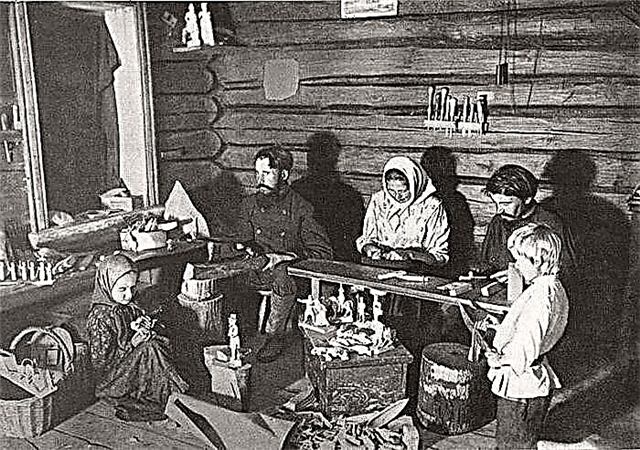

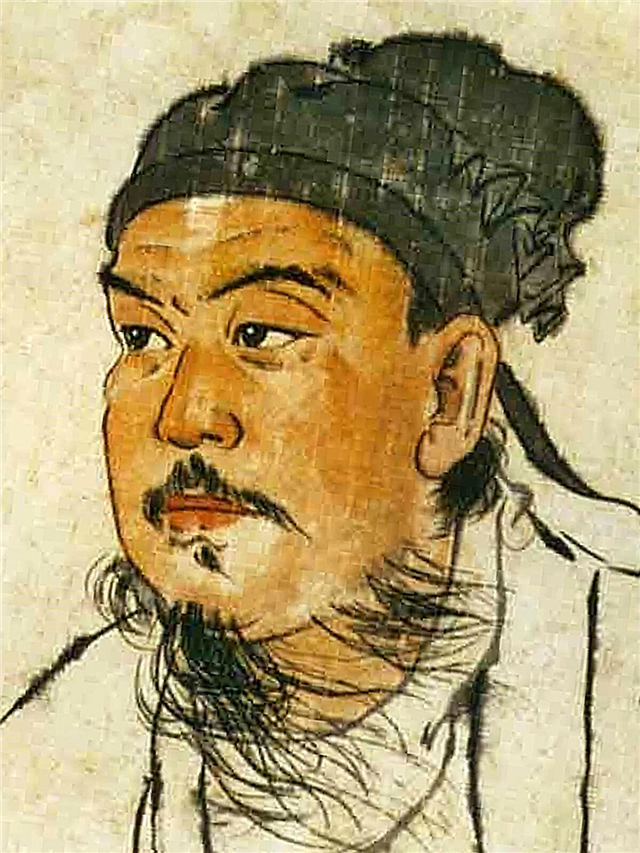

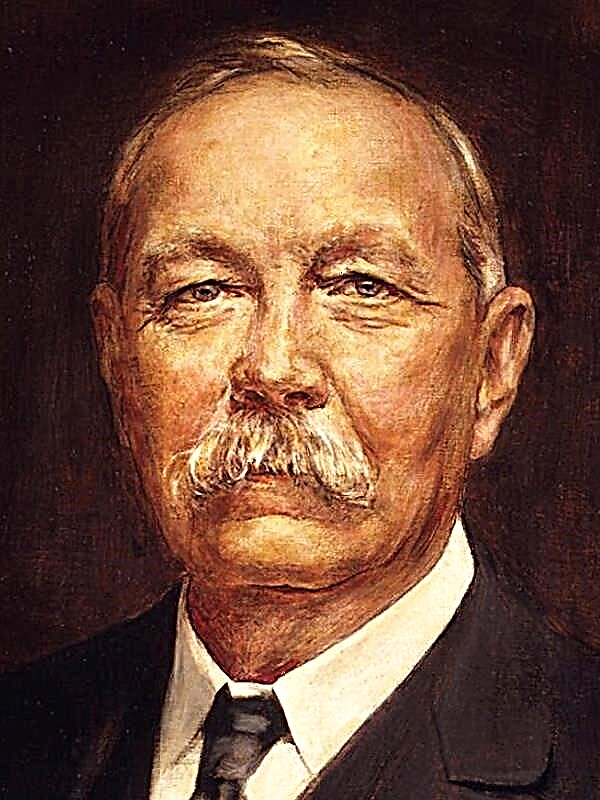
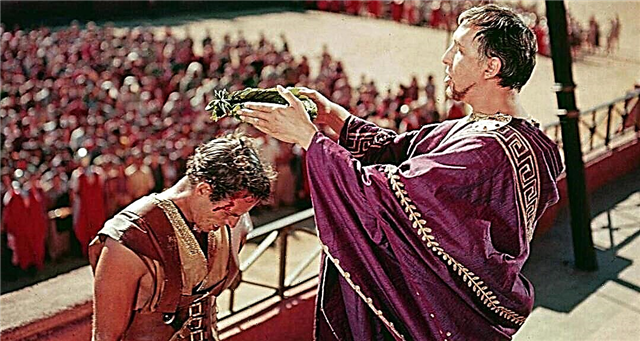 Ben gur
Ben gur
